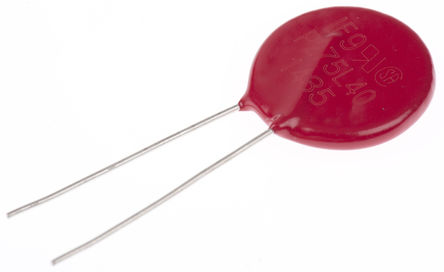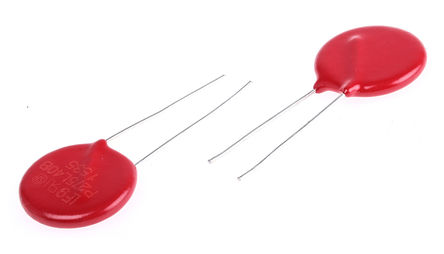we have a peice of equipment with one across L and N of the supply and it has shorted.
however it has various numbers and symbols , that I dont understand.
One number on it , looks like P275L40, seems to match the two types sold at RS.
however the other markings, barely readable, dont match and dont know where else to get one that does.
Question is are they all compatible as the spec on the two RS ones seems mostly the same and the bits that are different, Clamping voltage and Varistor voltage, does it matter, my instinct tells me the higher spec one, would be suitable
thanks
These are the two RS TYPES


however it has various numbers and symbols , that I dont understand.
One number on it , looks like P275L40, seems to match the two types sold at RS.
however the other markings, barely readable, dont match and dont know where else to get one that does.
Question is are they all compatible as the spec on the two RS ones seems mostly the same and the bits that are different, Clamping voltage and Varistor voltage, does it matter, my instinct tells me the higher spec one, would be suitable
thanks
These are the two RS TYPES


Last edited:




